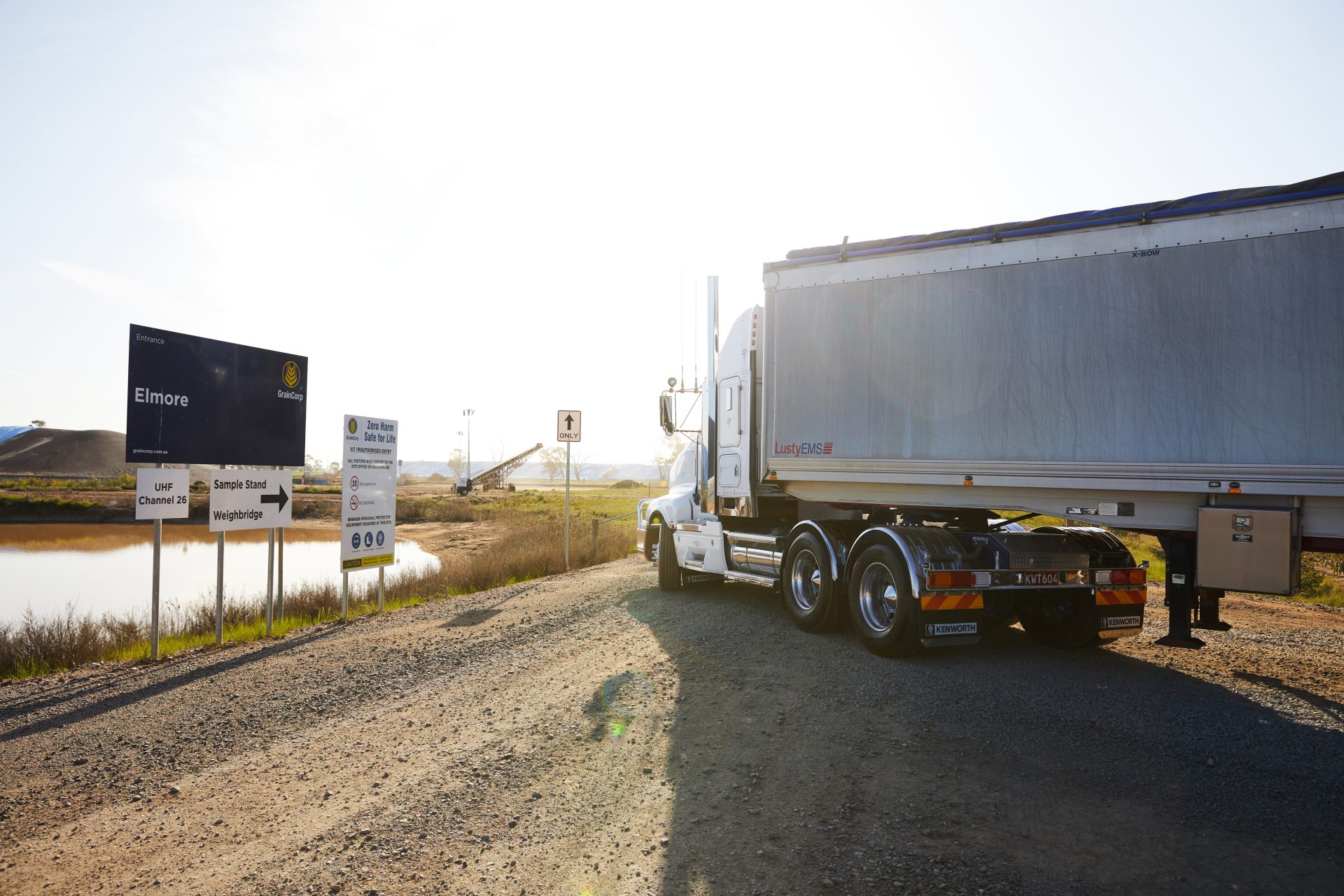The following op ed was penned by David Gall, NAB Group Executive, Corporate and Institutional Banking.
Supporting energy transition is an urgent national issue that requires the banking and financial services sector to play an important role as we head towards the goal of net zero by 2050.
Policy certainty and clear transition frameworks will be important drivers to unlock the investment needed to bring innovation and capital together and engage every part of the economy over the coming decades.
As markets move to support the growing alignment to a Paris 1.5 degree scenario, Australia needs to focus on what this rising level of ambition looks like today and what we must do to achieve interim 2025 and 2030 targets.
This seismic shift for the local economy will involve cumulative investment and meaningful action as we move to close the gap and bring the realities of our net-zero future into the present.
Since 2003, as the number one Australian bank for global renewable transactions, NAB has completed 164 renewable energy finance transactions and lent $12.3 billion. Renewables now make up 75 per cent of our total energy exposures.
In our first half financial year results, the capital markets momentum was clear as we helped customers raise more than $2 billion through green, social and sustainability-linked bonds and close to $15 billion in green, social and sustainability-linked loans.
When looking to 2025 and 2030, the immediate challenge remains working with and supporting carbon-intensive industries.
As part of our climate ambition, and as a signatory to both the Principles for Responsible Banking’s Collective Commitment to Climate Action and the UN-convened Net Zero Banking Alliance, NAB is working closely with 100 of our highest greenhouse gas emitting customers to support them as they develop or improve their transition plans.
We have assessed 58 such customers on their transition maturity to date, using a diagnostic tool which is guided by science and developed in line with international frameworks.
Pleasingly we are seeing many customers in these challenging sectors addressing the climate reality head on and showing significant progress in building their transition maturity.

Overall, almost 70 per cent surveyed so far are in the higher bands of maturity, integrating transition plans into their operational decision-making or strategic assessments.
Many of these customers have also progressed to setting ambitious interim targets, particularly in the property sector. A number of customers across mining, transport and manufacturing are also working on setting important scope 3 reduction plans and targets.
In terms of governance, we are also pleased to see 84 per cent of this cohort of customers reporting, or committed to reporting, under the benchmark Taskforce for Climate-related Financial Disclosures (TCFD).
This sort of transparency, measurements and data will be key to financing a successful and orderly transition – especially when tracking and assessing those indirect scope 3 emissions of customers and suppliers across the value chain.
Active engagement and playing a leadership role like this are important parts of achieving Australia’s transition goals and for supporting national innovation for the longer term.
We are supporting customers who are developing further sustainable energy technologies in the supply chain – backing investment in green hydrogen and metals like cobalt and lithium as essential parts of the mix.
Along with important work decarbonising the grid and operations across broad industry sectors, we are also supporting ongoing financial innovation in carbon trading and hedging capabilities as valuable transition tools.
NAB is working on both the demand and supply side of the compliance market for offsets as baselines tighten in the safeguard mechanism for hard-to-abate sectors.
We are also pleased to have recently completed a successful pilot transfer of voluntary carbon credits for global payments customer Visa. We achieved this through the secure and traceable settlement platform Carbonplace, which NAB is developing with a number of international banking peers.
It’s innovations like these and working closely with our customers over the next decade that will help us achieve value for businesses and the communities they serve.
The more we do now to close the gaps together, the greater the opportunities to transform our economy and make sure Australia’s growth and prosperity continue sustainably through to net zero 2050 and beyond.




